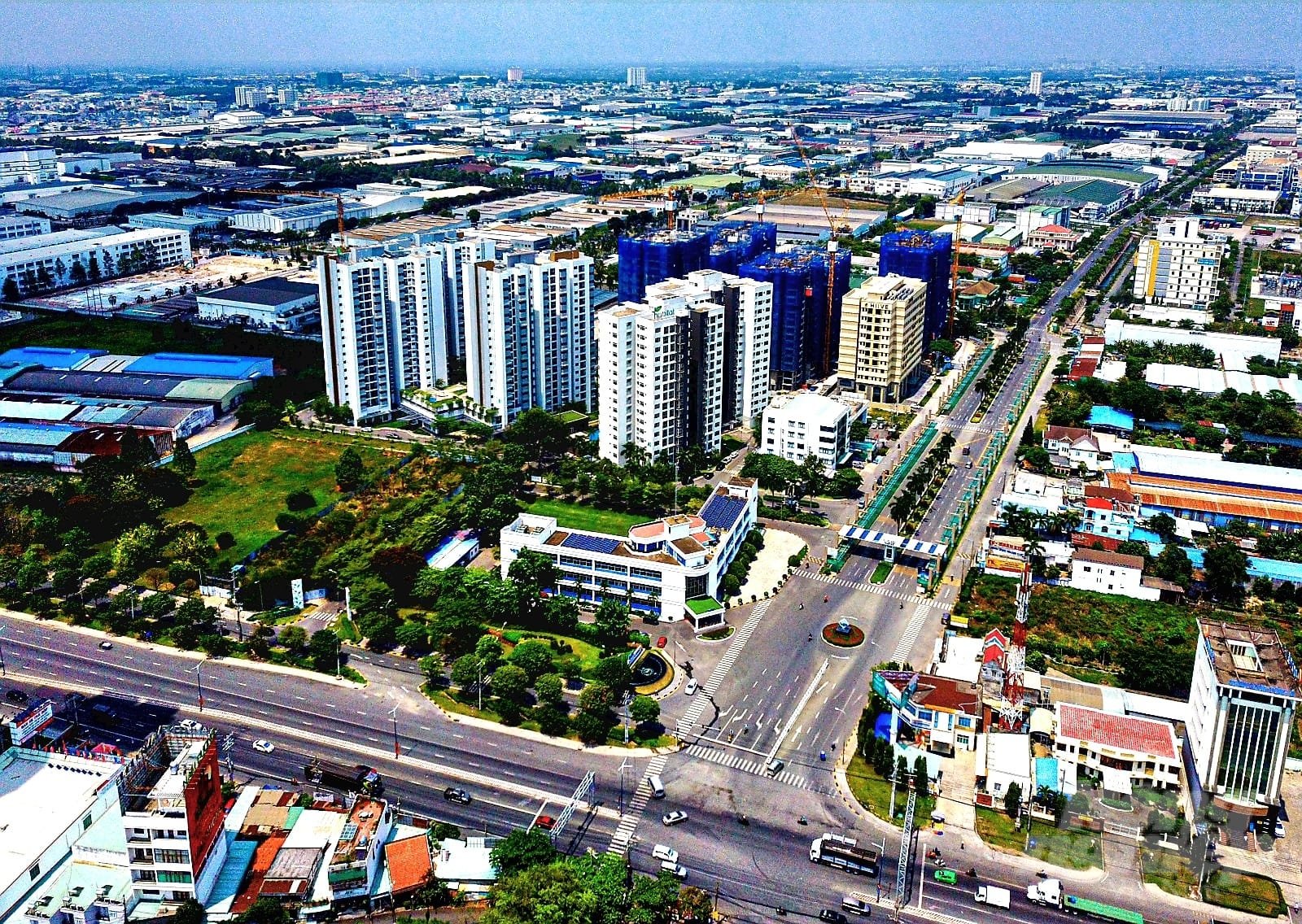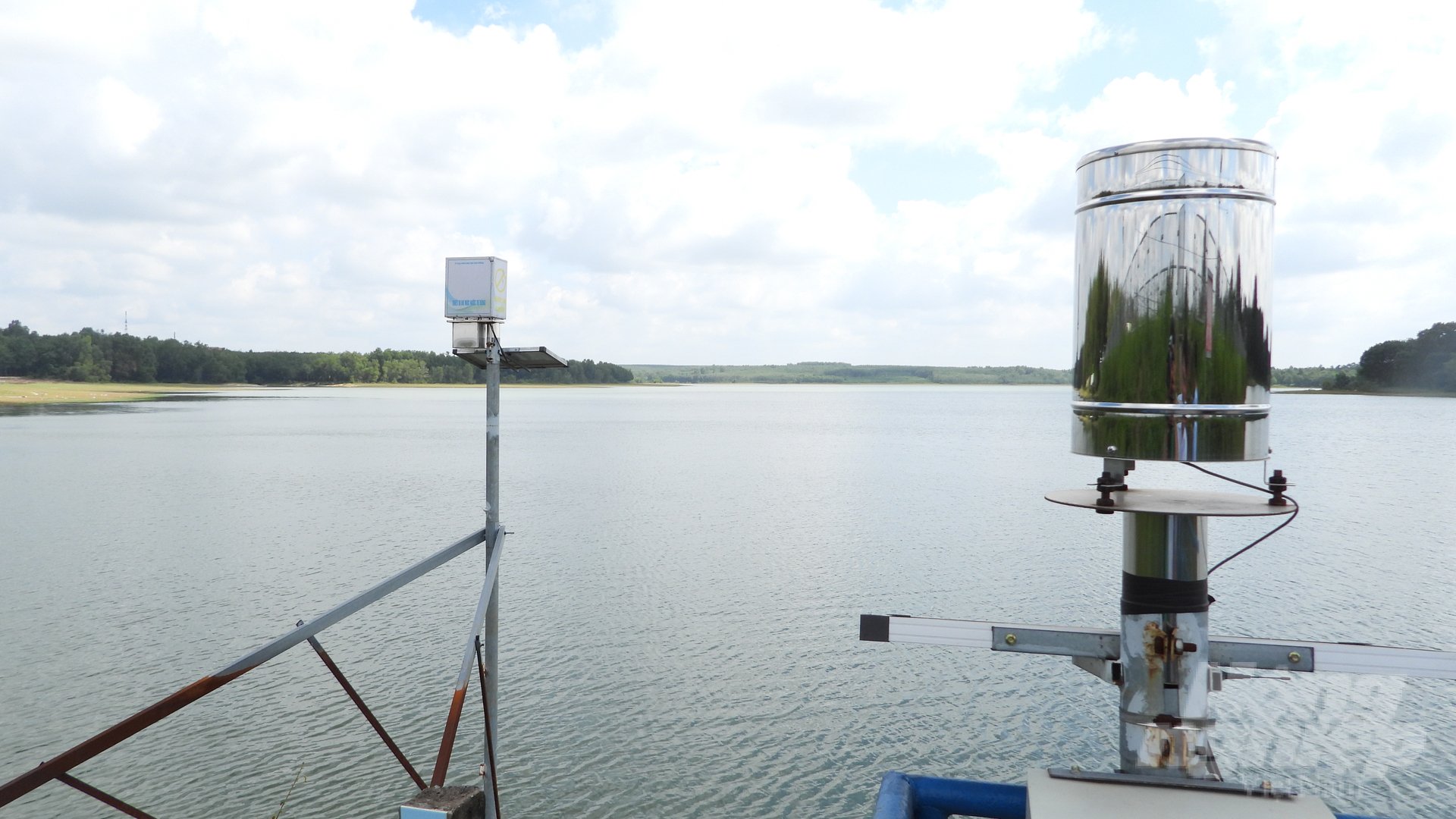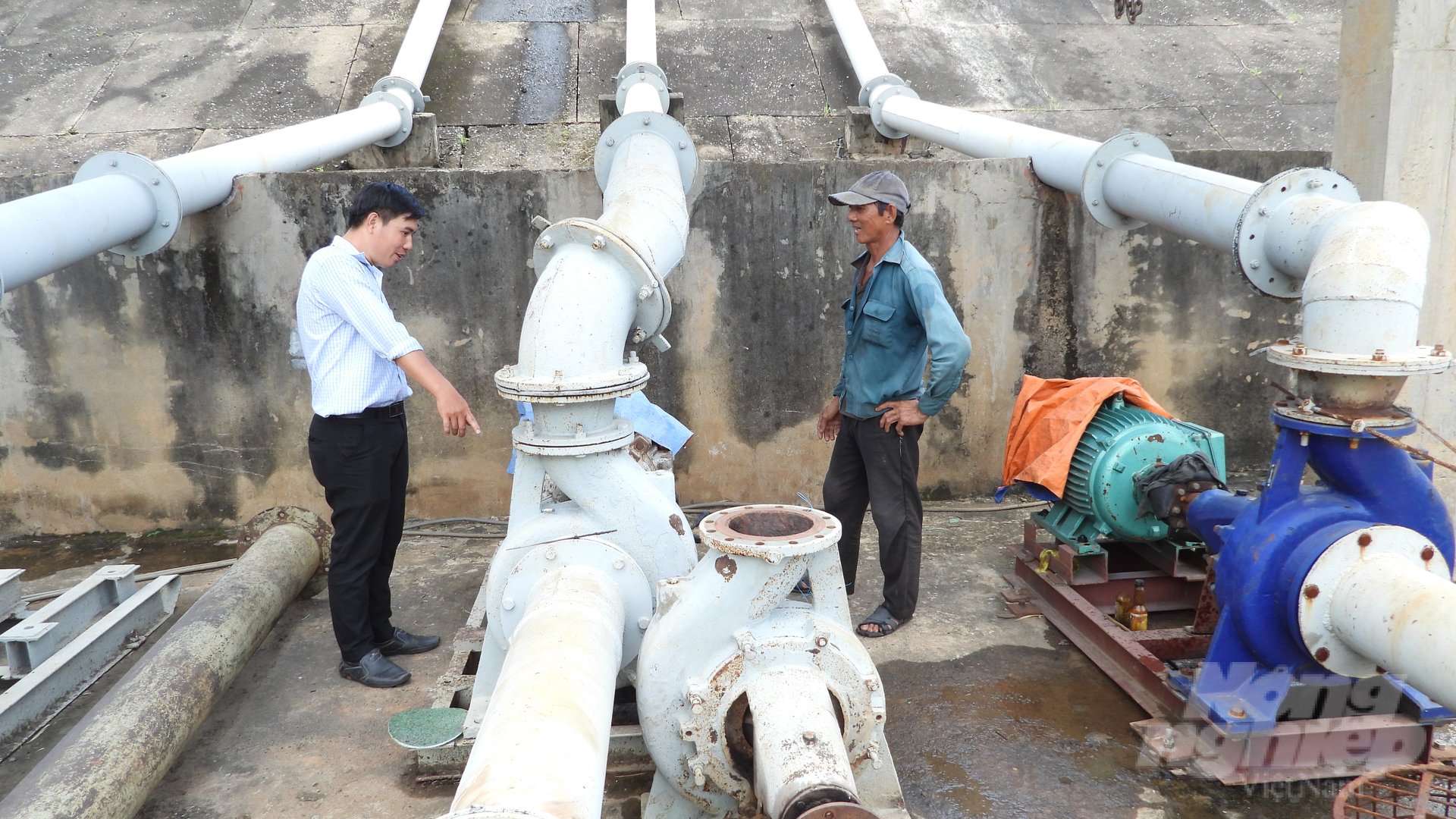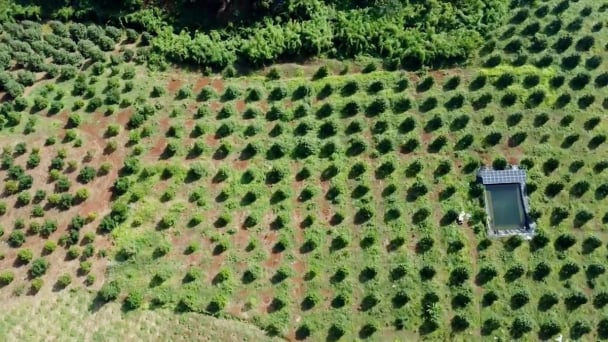May 30, 2025 | 18:59 GMT +7
May 30, 2025 | 18:59 GMT +7
Hotline: 0913.378.918
May 30, 2025 | 18:59 GMT +7
Hotline: 0913.378.918
With over 2.6 million people, Binh Duong's population is rated 6th in the most populated administration unit in the nation and ranked 4th in the most populated among provinces and cities in the country.

Binh Duong has a rapid urbanization rate and the 6th largest population in the country, causing great pressure to improve urban quality and solve clean water and domestic water problems. Photo: Tran Trung.
There is one first-class city in Binh Duong (Thu Dau Mot City), four third-class cities (Thuan An, Di An, Ben Cat, and Tan Uyen), and five fifth-class towns (Dau Tieng, Phuoc Vinh, Lai Uoc, Tan Thanh, and Tan Binh). Binh Duong aims to manage the urbanization process in accordance with sustainability, urban quality enhancement, and water security, particularly pure water and domestic water for millions of people, despite the city's urbanization rate of over 82%.
According to the Binh Duong Subdepartment of Irrigation, pure water is a vital component of human existence. Without domestic water, the quality of existence cannot be enhanced. As a result, the development of a network supplying pure water in rural areas of Binh Duong not only aids the locals in avoiding maladies associated with the use of poor-quality water sources but also prevents the overexploitation of groundwater resources in the province's rural areas.

Da Ban - Suoi Sau irrigation lake project, is one of the key irrigation projects of Binh Duong province. Photo: Tran Trung.
Currently, Binh Duong extracts and uses water from two fundamental sources: subterranean water sources and surface water sources. Regarding subterranean water, there are primarily five freshwater aquifers, four porous aquifers, and one fissure aquifer. The province's total potential underground water exploitation reserve is approximately 2,180,000 m3/day and night, or 797 million m3/year.
Regarding surface water, the province is bordered by three major rivers: Saigon, Dong Nai, and Be River, as well as one river within the province: Thi Tinh. In addition to river water sources, the province possesses seven reservoirs with a total usable capacity of up to 1,138 million cubic meters of water, which are abundant reserves for exploitation and use. Two of these lakes, Phuoc Hoa and Dau Tieng, are managed by the Ministry of Agriculture and Rural Development as interprovincial reservoirs.

Officials of the Center for Investment, Irrigation Exploitation and Rural Clean Water of Binh Duong province operate the centralized water supply station. Photo: Tran Trung.
Currently, the province of Binh Duong has three pure water supply facilities. The Provincial Center for Investment, Irrigation Exploitation, and Rural Clean Water is managing and operating 31 centralized and networked clean water supply projects in 30 communes in 5 districts and cities in the province. The Thu Dau Mot Water Joint Stock Company produces and sells approximately 160,000 m3 of potable water per day.
Lac An is a commune in the isolated Bac Tan Uyen district that focuses on agriculture. In recent years, the commune has always prioritized enhancing the producers' quality of life. Although located next to the Dong Nai River, Mr. Dang Quyet Thang, Vice Chairman of the Lac An Commune People's Committee, took us on a tour of the actual life and utilization of water resources in the daily lives and production of the locals. Previously, there was a scarcity of pure water for daily use, and the majority of residents had to rely on traditional dug wells and drilled wells that were unfit for hygiene.

Centralized water supply and pumping station in Bac Tan Uyen district. Photo: Tran Trung.
In light of the importance of clean water to the population and the completion of the national goal of constructing new rural areas, the locality has requested that the authorities invest in upgrading and expanding centralized water supply projects, thereby increasing the commune's rural population's rate of full and equitable access to clean water sources.
Currently, there is a centralized water supply facility with a capacity of 1,000 m3/day and night that provides water to over 2,000 households, or 100 percent of the commune's households. The water is drawn from the river, purified, sanitized, and guaranteed to meet the Ministry of Health's quality standards. The continuity of the people's water supply is guaranteed.

People are excited to use clean water, contributing to achieving the national goal of building new rural areas. Photo: Tran Trung.
As one of the first households to use clean water, Mr. Nguyen Dinh Phuoc, hamlet 3, Lac An commune, revealed that, despite residing next to the Dong Nai River, my family previously utilized water from self-dug wells on multiple occasions. Every month, we must replace the sand and gravel in the filter. The water source is unsanitary and occasionally smells putrid. Since the introduction of clean water initiatives in rural areas, my family and relatives have been ecstatic and confident when using it.
Translated by Linh Linh

(VAN) Several scientists and farmers are experimenting with soil treatment in some key durian-growing regions such as Cai Lay (Tien Giang), Dak Song, Gia Nghia, and Dak R’lap (Dak Nong).
/2025/05/25/4127-3-073637_820.jpg)
(VAN) Thanks to the promotion from an FAO-implemented project, vegetable production in greenhouses in Moc Chau has seen strong development, from 1.5 hectares in 2021 to nearly 50 hectares in 2024.

(VAN) FAO has recently supported USD 140,000 to implement the project 'Risk mitigation human-animal interface risks through disease control initiatives in pig farming.'

(VAN) The People's Committee of Tra Vinh province has approved an adjustment to the investment policy for the Green Hydrogen Plant project, increasing its area to approximately 52.76 hectares.
![Reducing emissions from rice fields: [2] Farmers’ commitment to the soil](https://t.ex-cdn.com/nongnghiepmoitruong.vn/608w/files/news/2025/05/05/dsc08881jpg-nongnghiep-140632.jpg)
(VAN) Clean rice cultivation model in Thuong Tan commune, Bac Tan Uyen district, is assisting local residents in achieving sustainable agriculture by substantially reducing costs, increasing productivity, and protecting the environment.

(VAN) At the conference to disseminate Resolution No. 68, AgriS introduced its digital agricultural ecosystem and reaffirmed its commitment to accompanying the Government in promoting private sector development and sustainable agriculture.

(VAN) 'Blue Ocean - Blue Foods' initiative is designed to restore marine ecosystems and establish sustainable livelihoods for local communities by cultivating a minimum of 1,000 hectares of cottonii seaweed in the first three years.